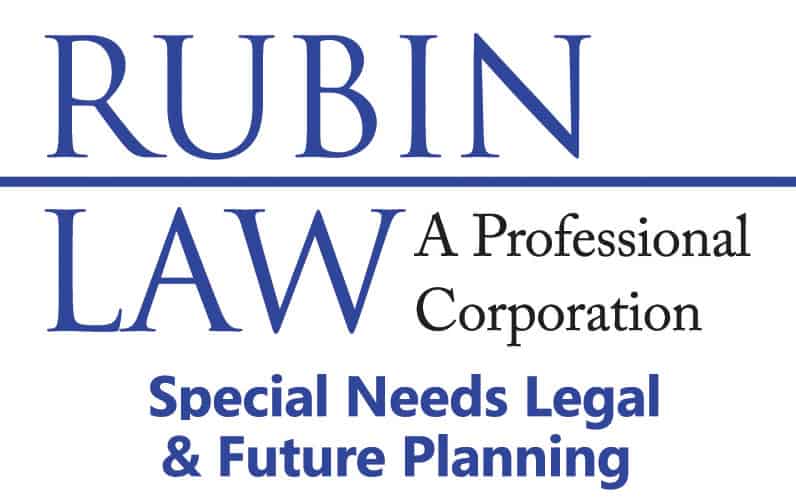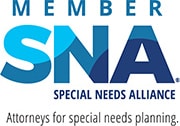
Medicare is a federal government health insurance program covering costs such as hospital charges, home health care, doctor fees, lab costs, outpatient care, and prescription drug coverage. Recipients pay premiums, deductibles, and coinsurance. For Medicare recipients who cannot afford all of these costs, the states administer Medicare cost-sharing programs.
To participate in the Medicare cost-sharing programs, you must be eligible for Medicare. (Eligibility for Medicaid does not matter, but if you do qualify for Medicaid then you can use your Medicaid benefits to pay some healthcare costs not covered by Medicare.) The cost-sharing programs have specific income and resource limits, similar to other government benefits programs like SSI. People with income from working may qualify for the cost-sharing programs even if it puts them over the specified income limits.
The four kinds of Medicare cost-sharing programs are:
- Qualified Medicare Beneficiary (QMB) Program
- QMB helps pay for Part A premiums (hospital/post-hospital care, home health care), Part B premiums (doctor fees, lab costs, outpatient care, physical therapy, medical equipment), deductibles, coinsurance, and copayments.
- QMB has an individual monthly income limit of $1,025 and a married couple monthly income limit of $1,374. The individual resource limit is $7,390 and the married couple resource limit is $11,090.
- Specified Low-Income Medicare Beneficiary (SLMB) Program
- SLMB helps pay for Part B premiums only.
- SLMB has an individual monthly income limit of $1,226 and a married couple monthly income limit of $1,644. The individual resource limit is $7,390 and the married couple resource limit is $11,090.
- Qualifying Individual (QI) Program
- QI helps pay for Part B premiums only, and you must re-apply for QI benefits every year. They are granted on a first-come, first-serve basis, and people who received QI benefits the previous year receive priority.
- You cannot receive QI benefits if you qualify for Medicaid.
- QI has an individual monthly income limit of $1,377 and a married couple monthly income limit of $1,847. The individual resource limit is $7,390 and the married couple resource limit is $11,090.
- Qualified Disabled and Working Individuals (QDWI) Program
- QDWI helps pay for Part A premiums. Working disabled people under 65, people who lost their premium-free Part A when they went back to work, people who are not getting medical assistance from their state, and people who meet state income and resource requirements may receive QDWI benefits.
- QDWI has an individual monthly income limit of $4,105 and a married couple monthly income limit of $5,499. The individual resource limit is $4,000 and the married couple resource limit is $6,000.
Consider whether the Medicare cost-sharing programs can help you pay your part B and Part D Medicaid Premiums.
Rubin Law is the only law firm in Illinois exclusively limited to providing compassionate special needs legal and future planning to guide our fellow Illinois families of children and adults with intellectual disabilities, developmental disabilities, or mental illness down the road to peace of mind. For more information, email us at email@rubinlaw.com or call 866-TO-RUBIN.



